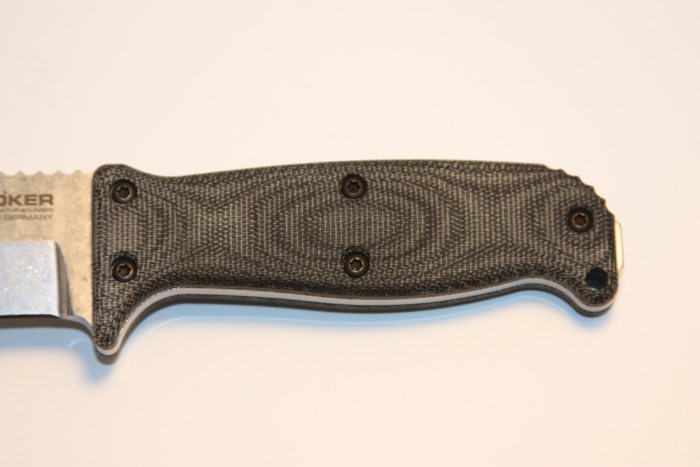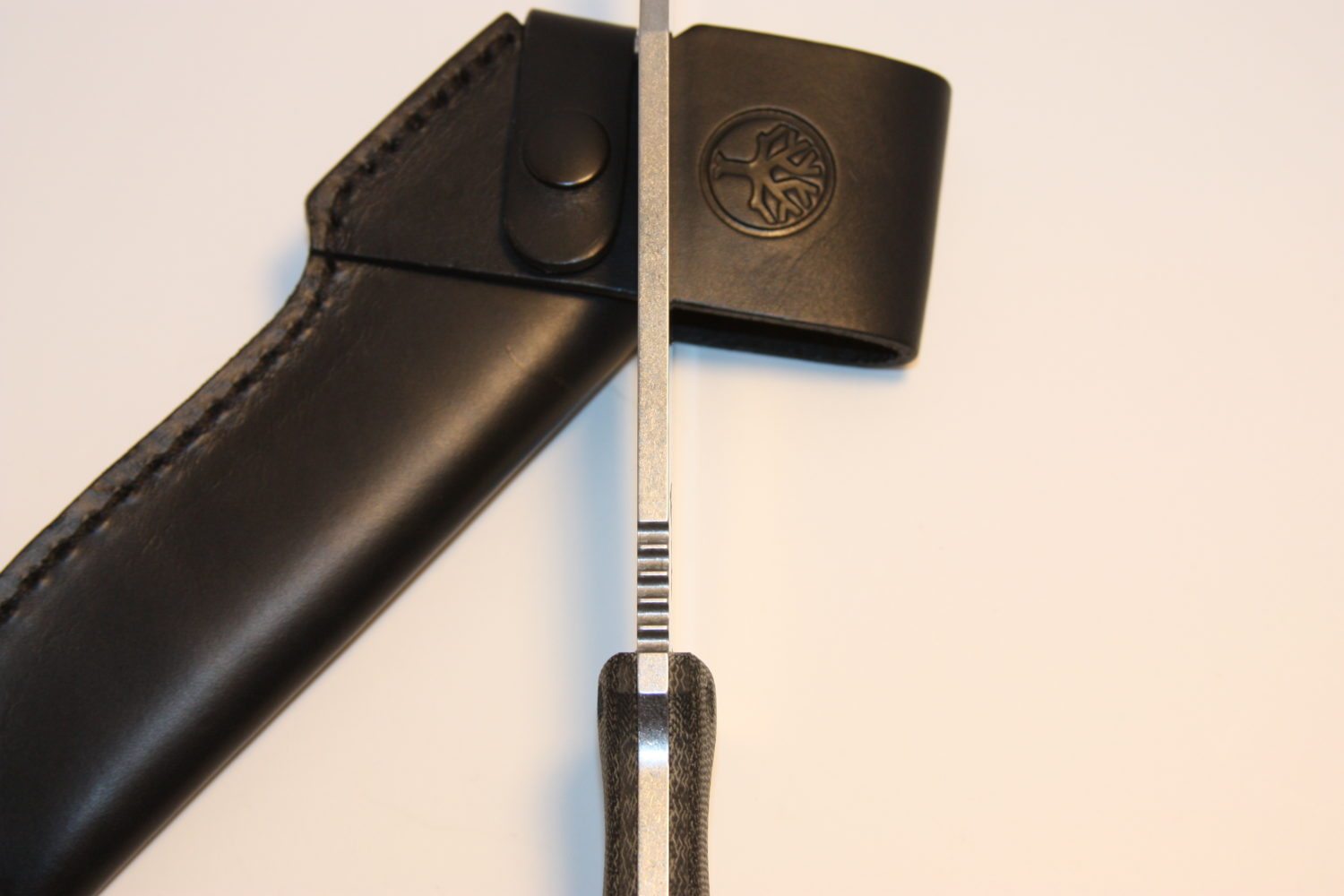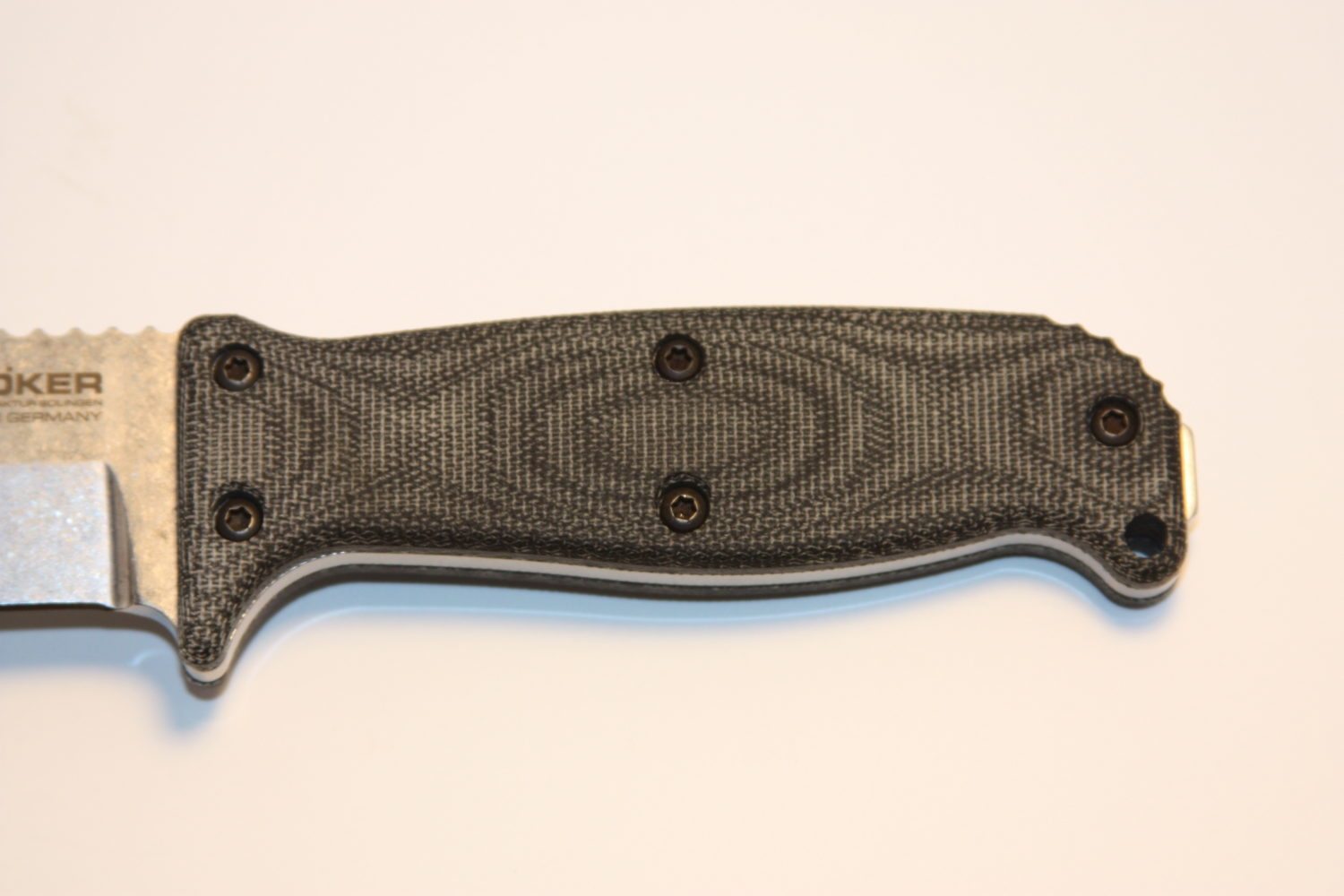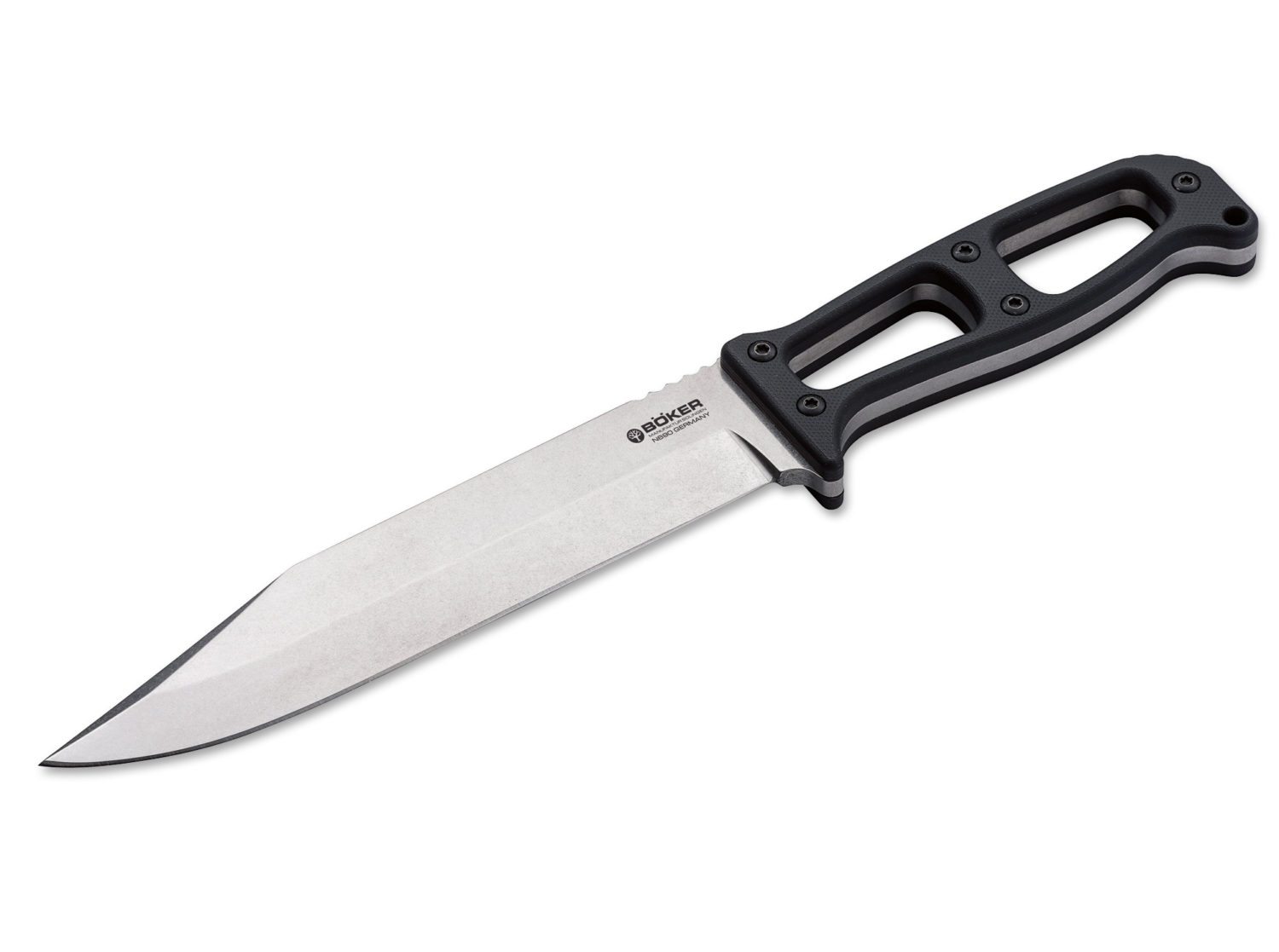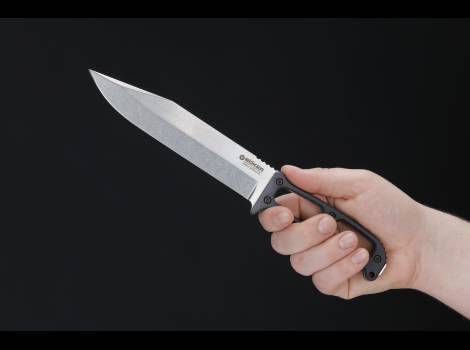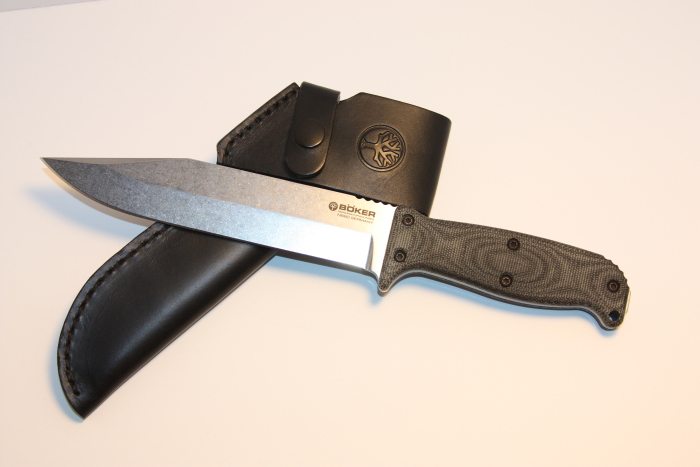
According to Bokers website Tony is…pretty awesome to say the least.
…an icon for decades in the field of the outdoors, wilderness survival and bushcrafting, as well as an experienced military leader with a passion for the outdoors. Extended trips to the North American wilderness and his relationship with the inhabitants of these regions provided the opportunity for true wilderness survival techniques and hands-on experience. These expeditions provided Tony with the insight into his knife designs – namely, functionality, rugged use and durability. Boker is proud to begin a relationship with Tony to bring to the market the legendary German Expedition Knife… built to the specifications and quality demanded by its designer. The creative mind of Tony in marriage with the quality reputation of the Boker Manufactory provides the user with the ultimate wilderness field knife. This modern classic is definitely a full size survival knife, which, by its versatility, is capable of mastering any task in the wilderness. From building a shelter, to hunting, skinning and preparing your food, the German Expedition Knife will do it all.
Knife Blade
Okay, so if you can’t tell from the pictures, this is a BIG knife. Unless you live out on the range, you probably won’t be daily carrying the G.E.K. The whole knife weighs a hefty 9.1 oz and measures at 11 3/8″ with a blade length of 6 1/2″. For the blade to be rugged enough for real outdoor use Boker chose to use Böhler N690 steel, which has a fine microstructure and outstanding corrosion resistance. The stonewash finish combines easy maintenance with durability. I’ll be honest, the blade looks absolutely amazing and has a very nice metal fiber looking finish, almost to the point that I’d feel guilty using it out in the field. It’s just that good looking. Let me tell you, this clip-point blade arrived very sharp right out of the box too. Until now I hadn’t had any real experience with really with a blade made of N690, so some research was in order to better understand what the blade would/wouldn’t do, etc. My research showed that many custom knife makers use N690, some liken it to a sophisticated 440C with better edge holding and stain resistance qualities. Other makers regard the steel as somewhat similar to VG-10 (which is awesome steel) and see little difference between the two.
Böhler, an Austrian steel manufacturer, is a major source for N690 and according to Böhler, the chemical composition of N690 is: carbon 1.07%, chromium 17%, cobalt 1.5%, manganese .40%, molybdenum 1.10%, silicon .40% and vanadium .10%. The cobalt allows the creation of a very uniform structure within the steel. And when used in blade steel, this provides a fine and consistent edge, enhancing edge retention and sharpening receptivity. Additions of chromium and vanadium enhance edge holding capability, while cobalt and carbon help to retain high hardness. Typically, N690 is hardened to a factor of Rc 58-60. Obviously, the key here is the addition of cobalt in the steel matrix. Bottom line is N690 demonstrates great value in a corrosion resistant knife steel with excellent edge holding capabilities.
Knife Handle
The handle design of the G.E.K. gives the ideal ergonomics for every grip style. I really liked the way the blade felt in the hand. The handle wasn’t to small or too large and felt very balanced. The skeletonized handle (seen above) grants a low weight, and the exchangeable micarta handle scales provide a very secure grip and excellent handling. The hammer piece in the end of the handle adds versatility, but honestly it’s a bit small for real use.
Okay, so the blade itself was just outright awesome; so whats up with the weird sheath Boker? I mean this sheath is high quality in materials but it’s just not really wearable for most people. It was designed to be ambidextrous and is set up for cross-draw, but I really am not a fan of it’s overall design. It does a good job of securing the blade with its ambidextrous push-button straps, but wearing this sheath is just a nightmare. The quality of the sheath is great, but it’s not very intuitive as to how you would wear such a thing.
Overall Summary
Basically, it’s a really great knife for hunters, campers, and wilderness travelers. But that’s pretty much it. It’s definitely not a daily carry or EDC blade and it’s way to big to be a tactical blade. It’s domain is in the wilderness for sure. The G.E.K. is listed at $339.00 on Boker’s website, which in my opinion is a little on the high side for a blade like this compared to some other knives in the “expeditionary category”. But in the end you do get a very well made knife made from a great company using top quality materials (minus the weird leather sheath). One thing that I would highly recommend to anyone interested in purchasing a G.E.K is that you also purchase the micarta scales for the handle as they offer a contoured shape providing a more secure handle feeling, but still keeping the basic ergonomics in tack. The skeletonized handle looked cool, but it just didn’t give me the secure feeling of nice quality micarta scales. Overall, I really liked this knife and gave it a 7.5 out of 10.
Recommended accessories:
